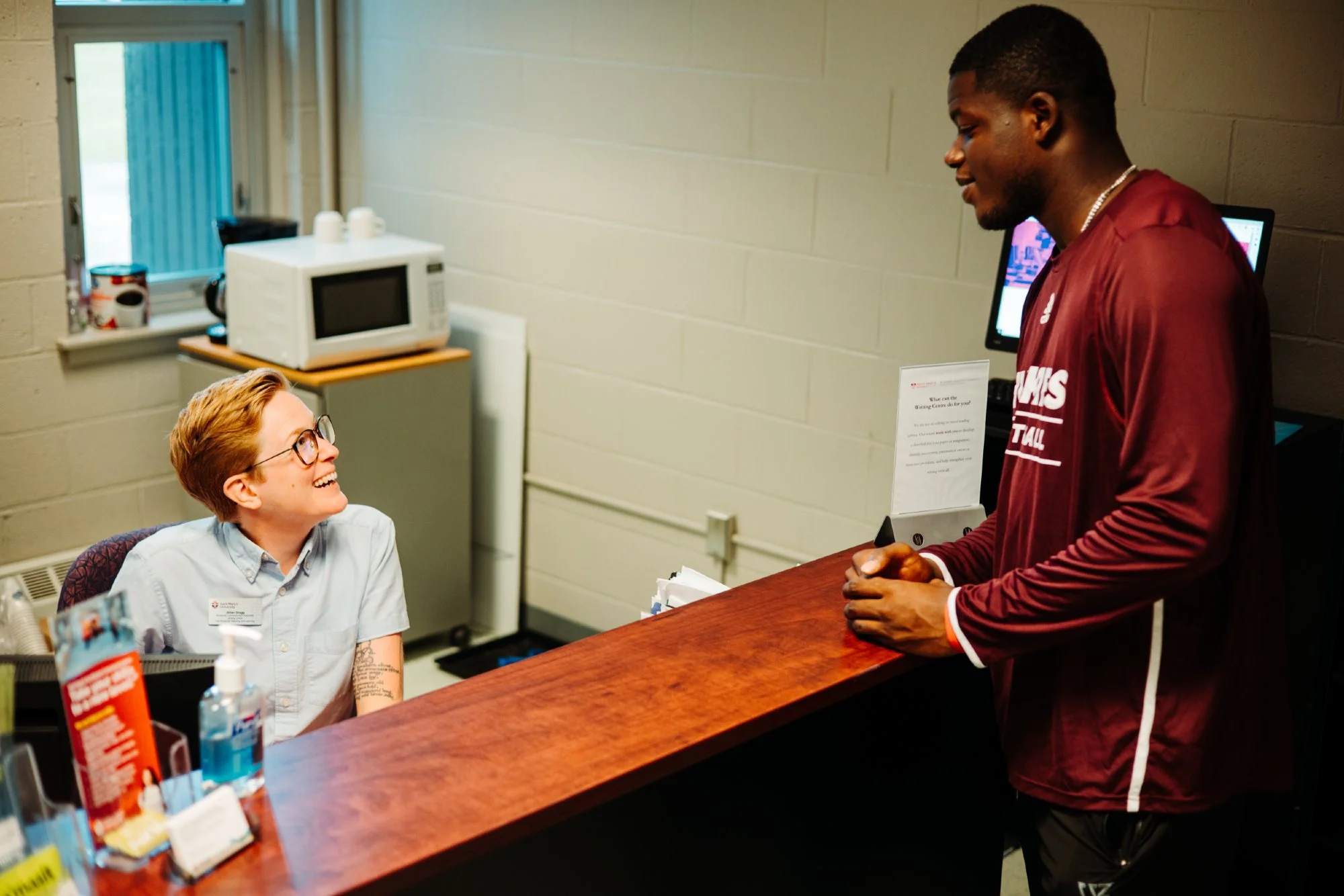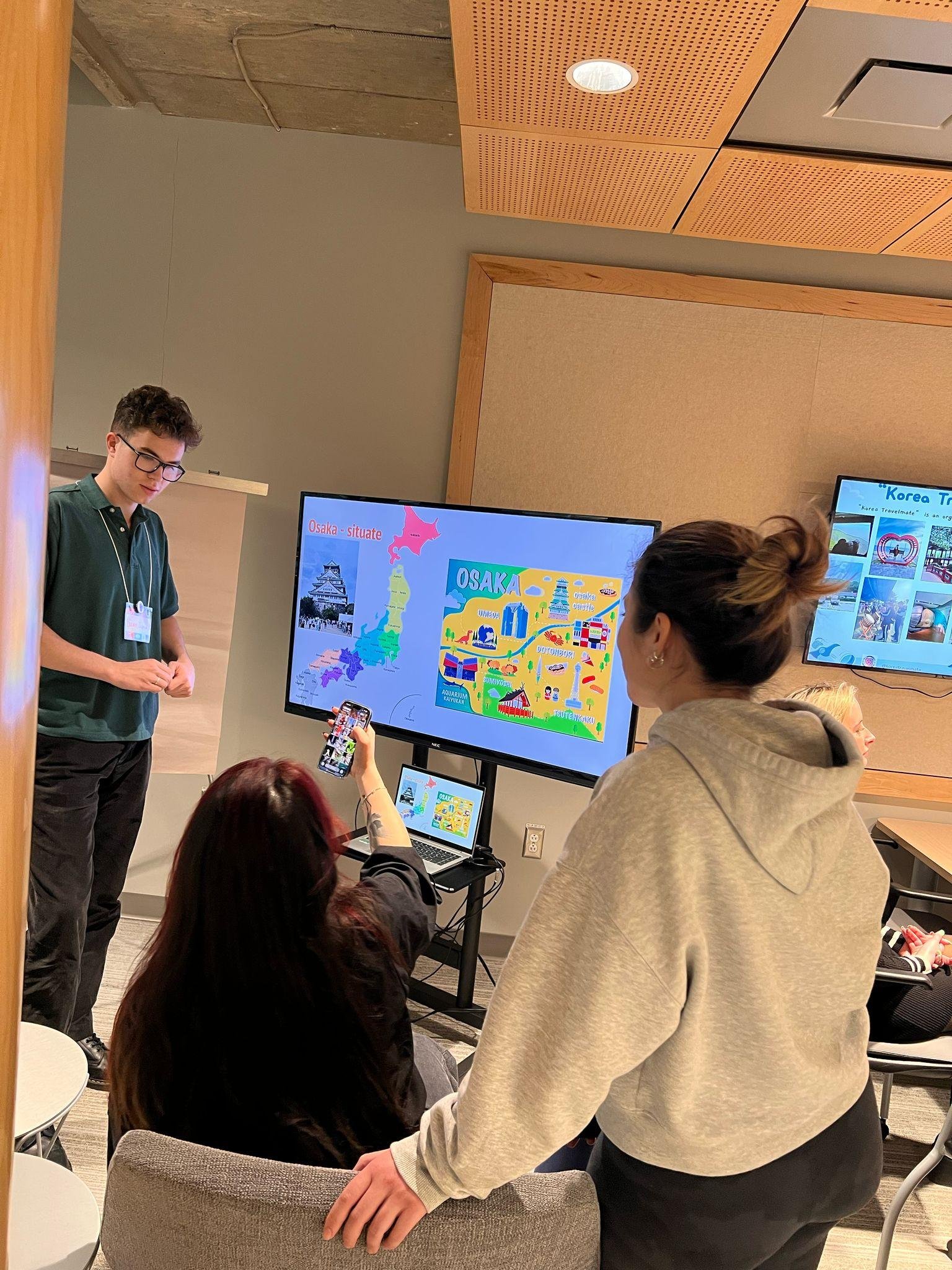Thesis proposals are intended to demonstrate that there is a particular issue requiring coverage, there is a concrete plan, and there are enough resources to carry out the plan. Standards for thesis proposals differ in each discipline, and this is only a guideline of what is usually included in most thesis proposals.
Goals of a Proposal:
Illustrate the intended plan and direction
Show why this particular research idea is interesting within the field
by discussing what others have and have not done
Show that this idea can be carried out
by explaining the methodology
Limit intentions
exclude elements (texts, topics, methods) that will not be discussed
only outline elements that will be covered
Fully demonstrate sufficient consideration of ethical issues (if applicable)
Structure of a Proposal:
The following sections are often required in a thesis proposal:
Routine Information
Name, degree, supervisor's and co-supervisor's names, title, and date
Background and Context of the Research Problem
Depending on length, this may be in the introduction or in its own section.
Address why the work is important and what issues inform the research.
Define key terms that will be used and explain the need for the study.
Provide enough information to allow the reader to understand the specific problem being addressed.
Limit the scope throughout: historical, cultural, political, social or organizational information about the context. This may include reference to: the 'gap' in literature, the need to apply certain ideas to a new context, the significance of your particular topic, or the significance of the study for a particular community.
Problem Definition and Approach / Statement of Topic
Create a thesis statement.
Naming a topic is not the same as defining a problem. Explain how your topic is related to the background section through stating the problem or topic (concisely) in two or three sentences.
If you are focusing on a problem, be sure to define and state it specifically enough that you can write about it.
Avoid trying to investigate or write about multiple problems, or about broad or overly ambitious problems.
Problem statements often have three elements:
the problem itself: stated clearly and with enough contextual detail to establish why it is important
the method of solving the problem: often stated as a claim or a working thesis
the purpose: statement of the objective, and scope of the thesis
These elements should be brief to ensure the reader does not get lost.
Review of Existing Literature
The literature is to explain how the topic relates to significant literature and relevant research in the field, place the topic within its field of research, and demonstrate an awareness of relevant studies.
It does not need to be exhaustive; it just needs to show an awareness of significant writers and researchers in the field.
It could also indicate which issues or topics will be focused on in the actual literature review (this may change later) to show that you can select issues to focus on.
Theoretical Orientation
State the various theoretical approaches taken in your topic.
Which theory will be used in your research and why?
Where do you stand on the topic?
Are there various theories of this topic in the field, and which one(s) will you use?
Are there multiple approaches? Why is your approach the most effective?
Which terms or trends do you wish to follow from the literature review?
Do you have any explanatory, interpretative, or programmatic suggestions?
Ask yourself:
Which pieces of research seem to have been most successful, the most promising and which less so?
What are the major lines of criticism that can be levelled in previous works?o What major omissions, gaps or neglected emphases can be identified?
What, if any, theory is important to the problem?
Are there any crucial assumptions in your work?
What criteria will be used to measure your success?
Methodology
Describe your proposed methods in sufficient detail so that the reader is clear about the following:
What information will be used: traditional texts, biographies, fiction, visual materials, oral histories, etc.?
From what sources will the information be obtained?
What methodology will be used: interviews, ethnographic, traditional, discourse analysis, quantitative?
Why have you selected this approach?
What ethical and safety issues have been identified, and how do you propose to proceed?
Timeline / Milestones
This section is not usually required for an undergraduate thesis; however, it can be. If so, include the following:
When you will start and finish important aspects of your research, including the literature review, required training or attending courses, stages of experiments or investigations, beginning and completion of chapters, reviews, and seminars you will give, and when the thesis will be complete.
It may take the form of a chart, timeline, list, flowchart, etc.
Materials and Support
What materials, instruments, facilities, and financial support will be required to carry out your research? List and briefly discuss them.
Describe equipment and software specific to the procedure. If appropriate, give the model or version numbers of major items of equipment.
Make relatively brief descriptions of apparatuses in your proposal.
Put lengthy descriptions of materials and apparatuses in one or more appendices, referring to these descriptions in the main text.
Tentative Thesis Chapter Outline
The chapter (or section) outline does just that – it explains the (potential) sections of your thesis and what you will discuss in those sections.
In a shorter proposal, you may simply mention the sections that will be discussed in one paragraph or a series of paragraphs.
In a longer proposal, the chapter outline can be presented as a Table of Contents page with brief annotations of expected content or stages.
Follow the standard sections that apply to your type of research. Look at past theses in the field and discuss ideas with your supervisor.
Significance/Expected outcomes
This section includes the significance and/or expected outcomes of your thesis.
It may be excluded if the rationale for the study has been well developed earlier in the proposal.
References
List all publications cited in your proposal AND those you have consulted in planning your research.
Use the citation style recommended by your department (or supervisor).
Common Problems
No Thesis in a Thesis
A thesis should always include a thesis statement.
A good thesis statement has two important qualities:
it is an assertion/argument
it is testable (either qualitatively or quantitatively)
A thesis should not state a question:
“Are we developing useful tools for searching the web? If so, how can these tools become more useful?”
A stronger thesis statement would be:
“I plan to prove that search engines are useful and can be improved....”
A more formal version would be:
“I will (or intend to) argue that WWW search engines are useful and can be improved by applying the principles and theories of on-line database searching.”
Failure to Identify and Clearly State a Specific Problem
You must make it clear to the committee what you are intending to do.
A good rule of thumb is that you should be able to specify what it is you are trying to do in a single sentence.
Failure to Clearly Describe Your Methodology
Your supervisor knows that you will be unable to provide complete details on how you will solve your problem at the proposal stage. However, you must be able to describe the techniques you plan on using and explain why they are appropriate for what you are trying to do.
Poor Organization
Your thesis proposal must have a good flow.
Make sure that your sections (and statements) logically follow previous ones.
Do not expect the reader to be able to follow your line of thinking unless you explain it to them.
Use transitional devices!!
Final Points
Do not be overly wordy, but give enough detail so your committee knows and believes what you plan to do.
Show confidence and eagerness
You may use “I” or “we” in a thesis proposal
Use active verbs
Be positive

















